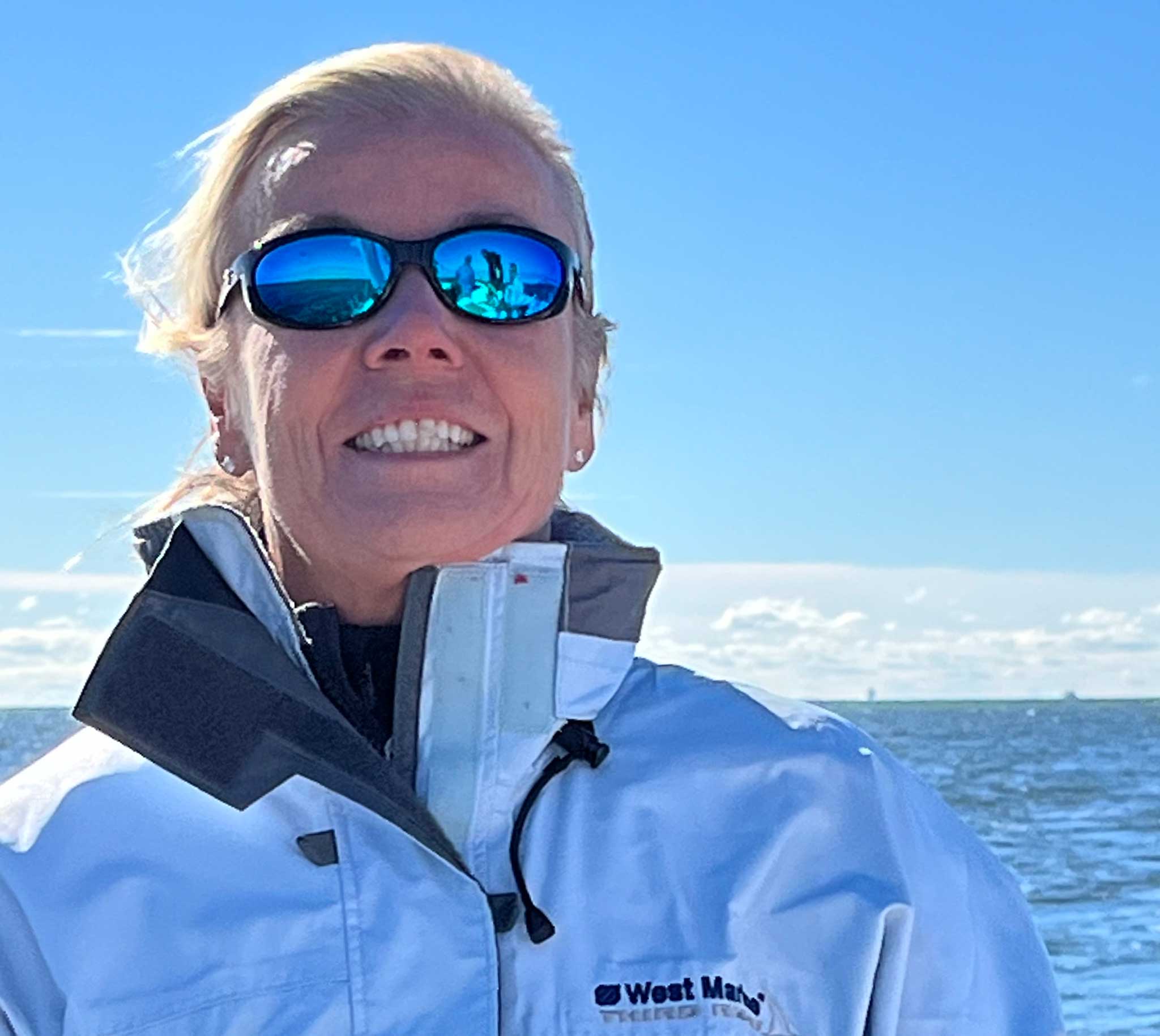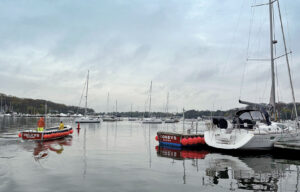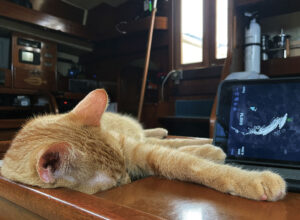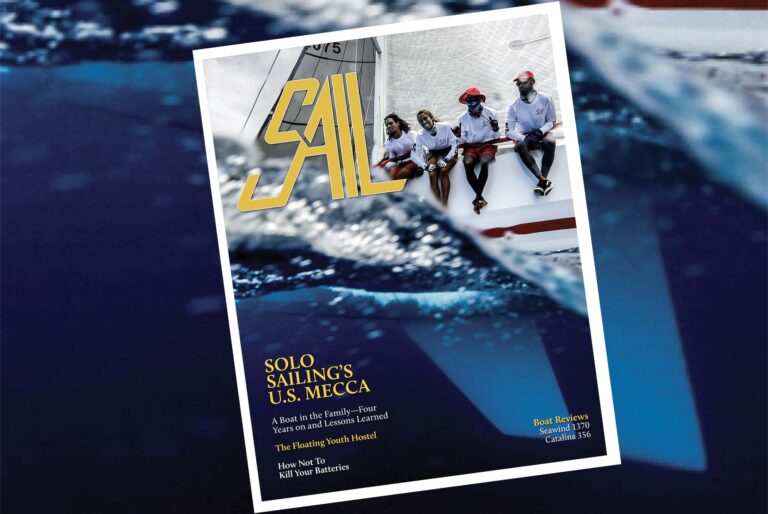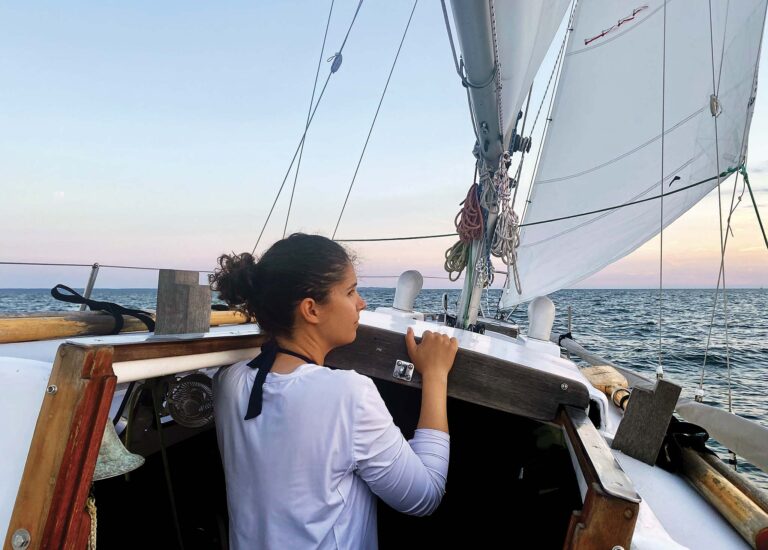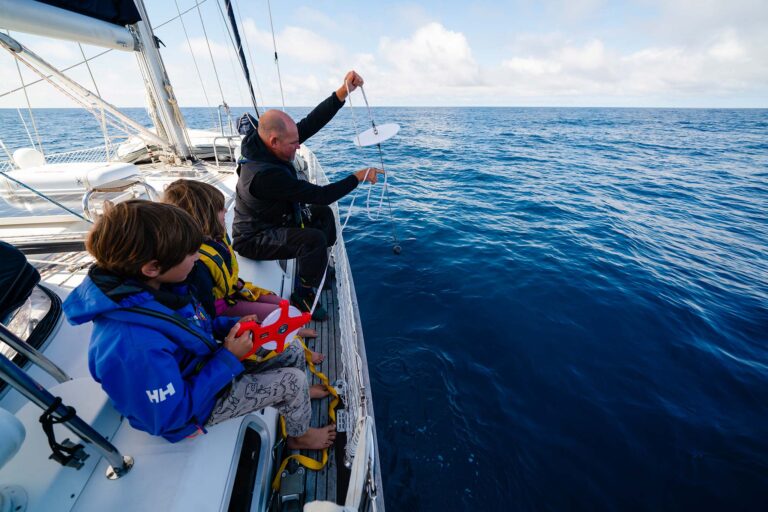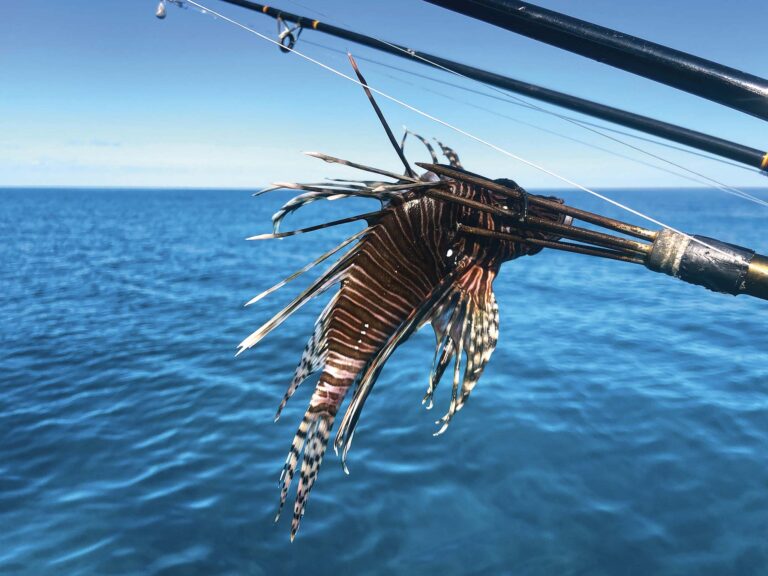If you think sailing rallies are for people of a certain “type,” think again. After mingling with a dozen of this year’s World ARC participants, I found that sailing around the world in 15 months takes all kinds—and that’s a good thing. While one posh new catamaran may carry a young family with a huge crew, the traditional monohull next door may have a low-key retired admiral sailing with his daughter. But it’s their similarities more than their differences that brought everyone to the start, and it will be their determination, focus, cooperation and—mostly—their sense of humor, that will make circumnavigators of them all.
Andrew Bishop is the managing director of the World Cruising Club (WCC), which organizes the World ARC as well as 10 other events that include the original ARC and take place around the globe. According to Bishop, the ARC concept, now in its 30th year, exists to “smooth the way” for sailors as they transit from one country to another. With varying bureaucratic demands, numerous languages and boats needing constant care, the headaches for the rally leader are many.
The World ARC, now an annual event, can be sailed in two segments—St. Lucia to Australia, and then Australia back to St. Lucia via Cape Town, South Africa. You can go halfway, take a year off to cruise the South Pacific, and then join the next year’s class to complete your circumnavigation. I caught up with the 2015 World ARC fleet in Santa Marta, Colombia.
Ayama—Stefan & Anna
Ayama is a 42ft steel cruiser that was built for high-latitude sailing but has yet to make it there. Stefan, a Swede with perfect English and a wicked sense of humor, promised his wife, Anna, that they would go to the Arctic, apparently by way of every tropical cruising ground he can find. Their warm-up run was the ARC Europe from the British Virgin Islands to England, followed by the ARC+ from the Canary Islands to St. Lucia. From there they planned to head north along the U.S. East Coast until they reached icebergs and turn right to head home. After crossing the Atlantic, though, Anna had a last minute change of heart and thought they might as well see the rest of the world first, so they joined the World ARC fleet and will close the loop back in the Caribbean next year before continuing with their original quest.
Already on their third ARC event, Stefan says he appreciates the WCC’s organization, from management of the bureaucratic details to the social gatherings. Like all these rally boats, Ayama is well equipped with every bit of gear and communications equipment imaginable. That said, Anna thinks the most important piece of equipment is the stove, because a well-fed crew is a happy crew, and Stefan particularly prizes his iPad, which serves as a chartplotter repeater at the helm.
[advertisement]
Juno—Paul & Caroline
Juno, an Oyster 575, seemed at once the most intensely organized and most laid-back boat in the fleet. Brits Paul and Caroline chose the ARC because they wanted to cruise in a group, but not with the assistance of professional crew. “It’s great to see friendly faces catching your docklines after a passage,” says Paul. “And it’s good not having to spend the first day in port poring over cruising guides just to get the lay of the land,” adds Caroline. “Much is already done for you.”
I visited while there was a massive search for a particular spare part, so the boat was covered with small containers, all neatly labeled and so organized that they disappeared within minutes of my arrival, all safely stowed back in their cubbies. Clearly, Juno lacks for nothing. “Nobody here [on the World ARC] is winging it,” says Paul. “It’s part of being self-sufficient.”
When asked why they chose an Oyster or why they wanted to do a circumnavigation, Caroline dashes below before Paul can even draw breath. She emerges with a well-worn copy of an Oyster 55 brochure. “He had this under glass on his desk at work for years,” she says. “It was the dream, and every day he knew what he was working toward.” In the end, Paul did one better by getting a newer, bigger Oyster and heading out on the 2012 ARC for practice. Now on the World ARC, that lifelong ambition kept under glass in his office is being realized.
Makena— Luc & Sarah
A Lagoon 62 catamaran, Makena is more a small floating city than a boat, which is just as well because most of the time there is enough crew aboard to populate a village. Having amassed his fortune in software, Luc, who is French, convinced Sarah, who is Irish, to sail around the world after they saw pictures of Bora Bora on Facebook just a few years ago. That was it—the dream was born. Luc plans to use the World ARC as a fast practice run to find the best harbors around the world and then do it again at a more leisurely pace.
Makena has the unique honor of simultaneously carrying both the oldest and the youngest crew in the fleet. Luc’s father is 84, and Luc and Sarah’s son, Kai, was just 10 months old when he arrived in Colombia. “It’s been about life management for us,” says Luc. “We really thought about how to spend more time with our parents while we still can and, of course, have dedicated time with our son.” Since Luc and Sarah like to kite surf, their greatest challenge has been finding anchorages that are calm enough for the crew, but windy enough to take out their boards. In 60 days, they’ve had 60 visitors.
[advertisement]
Sarah is the picture of endless energy carefully doled out by a type B personality. She seems rattled by nothing as she bikes to and from town with a baby strapped to her chest and a pack of groceries on her back. She regularly feeds nine or more people aboard and manages a toddler whose feet are clean on the bottom but dirty on top from constantly crawling the length of the deck. Kai is one of those perfectly adjusted cruising kids who doesn’t mind being handled by a gaggle of strangers at a Colombian school or playing with seashells.
Wayward Wind—Pete & Mindy
Perhaps the most traditional boat in the fleet, Wayward Wind is a Hans Christian 43 crewed by a father and daughter team from the United States. Nothing about Pete says retired Navy admiral, except perhaps his quiet demeanor and a scowl that he says is just the way his face looks. His appearance is deceiving, because really he is quite congenial and thoughtful when discussing his long road to the ARC, which included sailing on both coasts of the United States, Hawaii and parts of the Caribbean. And that’s just on his own boat. He also gained vast experience commanding a salvage ship.
Mindy is an energetic woman who quit her job in the financial sector to join her dad. With the rally just barely kicked off, Mindy was already emerging as the social glue of the group, liked by all and ready to lend a hand or an ear to anyone. The two enjoy an easy relationship that can only be envied by other children and their parents. Their encouragement is perfect for anyone who thinks their life is just too busy and complicated to drop everything and go. “The hardest thing about getting here is just getting here,” says Pete. “The preparation and separation is the tough part, the rest is easy.”
Victor
Not everyone in the rally comes with a boat. Some join to crew on friends’ boats and a few just end up here by luck or perseverance. One young Frenchman named Victor quit his job and wound his way to St. Lucia, where he made himself a sign and walked the docks until somebody noticed him. “It took about a week, but I just stuck to it until I found a boat that needed me,” he says.
His best advice to anyone wanting to get around the world on other people’s boats is simple: “Just be yourself. You can’t fake it on a long trip, or even a short one for that matter.” When I ask him what his sign read, he smiles: “South.”
When I caught up with the fleet they had just sailed more than 800 nautical miles from St. Lucia on the first leg of their odyssey. Not only were the participants still getting to know one another, Colombia was a new stop on the World ARC itinerary and the locals were determined to put on a good show.
A few days before the rally’s departure to Panama, Santa Marta Marina arranged for the whole gang to relax at a beach barbeque. While most of the group arrived by bus, I and a few lucky others, got a fast and wet ride on Mamo, a 65ft sportfishing boat named for the position of priest, guide or leader of the indigenous Kogi people who inhabit the local mountains. Mamo is the toy of Manual Julian Davila Abondano, part-owner of the marina and clearly the leader of the hosting entourage. There is much formality in the way Columbia is opening up to cruising, but its unique approach includes the relaxed attitudes of having one of the country’s wealthiest investors sharing cocktails on the beach with the bikini-clad vice-minister of tourism, all the while toasting the ARC participants.
[advertisement]
We arrived at a white stretch of beach named Bahia Concha in the nearby parkland where waiters in dark slacks and crisp white shirts scurried through the sand preparing rows of linen-covered tables topped with china and real metal flatware. This was not your usual hot-dog-on-a-beach-towel kind of barbeque. Seemingly the entire local lifeguard team was on hand in case any of the foreigners were in danger of drowning, and both the gourmet meal and the company were exceptional. Bishop felt the stopover was so successful, he plans to add Santa Marta to the itinerary for World ARC 2016-17.
Waxing poetic, Manuel seemed almost envious of the sailors who were living the dream. “What can we do with 365 days of opportunities?” he asked looking around at the diverse group. “I think we’re all just in search of happiness.”
Undoubtedly, not every day during the World ARC will be quite as happy and easy as that one, but it definitely helps to be in a group of like-minded individuals all armed with a healthy sense of humor and life perspective. Their differences will melt away and lose relevance and I hope to catch up with them again at the finish line to witness their becoming circumnavigators, one and all.
Photos courtesy of Zuzana Prochazka

